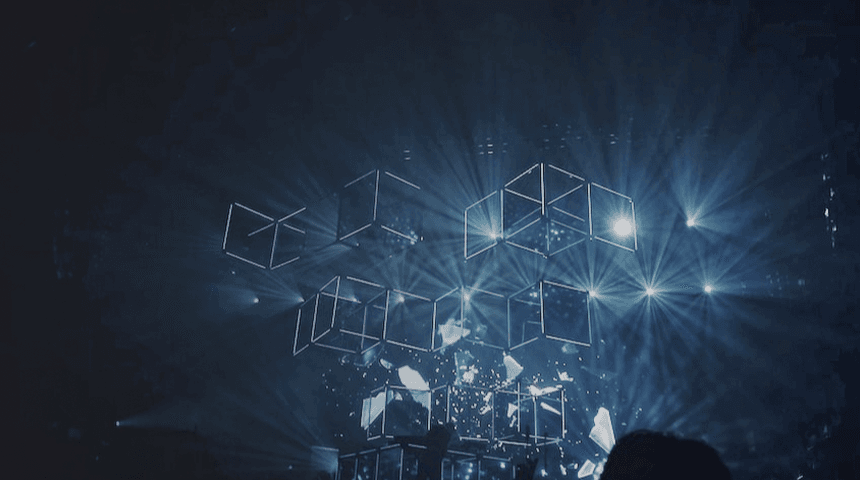为可持续的云而构建
为可持续的云而构建
AmpereOne® Aurora
AmpereOne® Aurora
可扩展的性能
可扩展的性能
提高工作负载效率
提高工作负载效率
Created At : November 6th 2023, 6:18:03 pm
Last Updated At : September 4th 2024, 4:40:45 pm
| | | | |
© 2022 Ampere Computing LLC. All rights reserved. Ampere, Altra and the A and Ampere logos are registered trademarks or trademarks of Ampere Computing.
This site runs on Ampere Processors.





